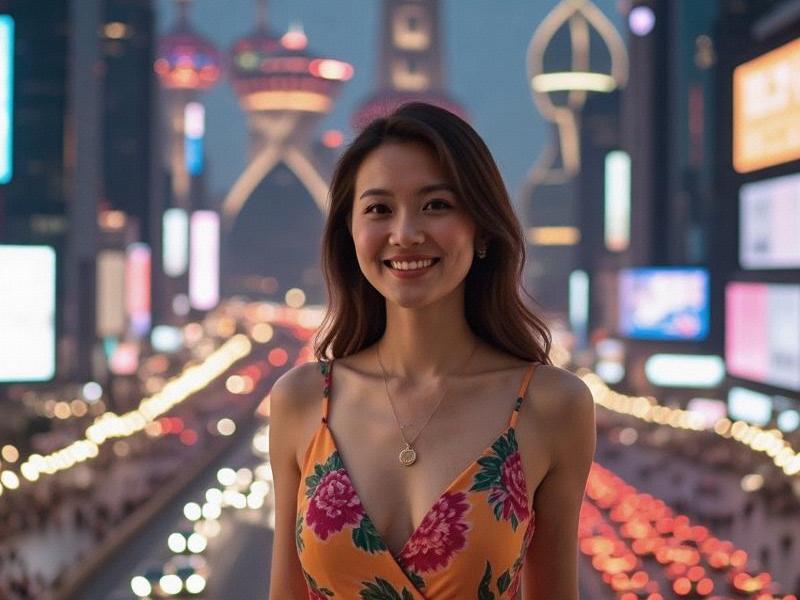
The neon reflections dancing on the Huangpu River tell only half of Shanghai's cultural story. Beneath the glittering towers of Pudong lies a quieter revolution - the city's extraordinary metamorphosis into what UNESCO recently dubbed "the most dynamic cultural ecosystem on Earth." In 2025, Shanghai isn't just China's economic powerhouse; it's become the world's most ambitious laboratory for urban cultural innovation.
Shanghai's cultural statistics read like fiction. The city now boasts 158 museums (up from 89 in 2015), including the stunning new Shanghai Planetarium designed by Ennead Architects. Over 42% of these institutions offer free admission, driving annual museum visits to 38 million. The West Bund cultural corridor, a 9.4km stretch along the river, attracts 15,000 daily visitors to its galleries, theaters and performance spaces. Meanwhile, Shanghai's creative industries contribute 13.2% to the city's GDP - surpassing both London and New York.
At the heart of this transformation lies a unique approach to heritage. Rather than freezing history, Shanghai breathes new life into old spaces. The 1933 Slaughterhouse now hosts avant-garde fashion shows, while colonial-era shikumen residences house boutique design studios. "We're not preserving relics," explains Tongji University cultural scholar Professor Lin Wei. "We're maintaining living traditions that continue to evolve."
上海神女论坛 The numbers confirm this vitality. Shanghai's 256 heritage-listed buildings generate more economic value now than during their original use, supporting 18,000 creative jobs. The Power Station of Art, China's first state-run contemporary art museum housed in a converted power plant, exemplifies this adaptive reuse philosophy. Its 2024 biennale attracted 680,000 visitors - more than the Venice Biennale.
Performing arts flourish with equal vigor. The Shanghai Symphony Orchestra's 2025 season sold out within hours, while experimental theater groups like Grass Stage perform to packed houses in repurposed industrial spaces. The newly opened Shanghai Grand Opera House, with its revolutionary acoustic design, has already hosted 14 world premieres this year. "There's an energy here you won't find in older cultural capitals," says Metropolitan Opera conductor Yannick Nézet-Séguin.
上海龙凤419足疗按摩 Creative industries thrive through strategic clustering. The M50 art district houses 120 galleries and studios, while Hongqiao's "Design Valley" concentrates 60% of China's top architectural firms. Shanghai's animation industry, centered in Zhangjiang High-Tech Park, now rivals Tokyo's output. "The clustering creates incredible cross-pollination," notes Tencent Cultural Industries VP Zhang Xiaolong.
Education fuels this ecosystem. Shanghai's 22 specialized arts high schools produce world-class talent, while the Shanghai Theatre Academy's experimental program blends traditional Chinese opera with contemporary performance. The city's "Creative Talent 1000" program has recruited 743 international artists since 2020.
上海花千坊爱上海 Yet challenges persist. Commercial pressures threaten some independent art spaces, while intellectual property protection remains a concern. The city must also balance global ambitions with local cultural identity - a tension evident in debates over Shanghai dialect preservation.
As dusk falls on the Bund, the illuminated skyline tells a story of cultural confidence. From the glittering Oriental Pearl Tower to the serene Yu Garden, Shanghai demonstrates that economic might and cultural depth aren't mutually exclusive. "Other cities have longer histories," says Tate Modern director Frances Morris, "but none are writing the next chapter of urban culture with such boldness." In Shanghai's vibrant streets, the future of global urban culture is being imagined - and it looks extraordinary.
